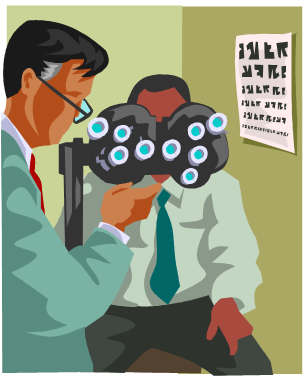 Congratulations!
Congratulations!
If you have gotten this far then you already spotted an important need for competitive intelligence, identified a senior leader that cares about it and managed to get the assignment to address the need. Even better than that, you worked into the discussion the topic “competitive intelligence.” Whether or not it really registered with your leader could be debated. They may have simply been glad to offload a difficult subject to a willing soul. Their expectations are low (and you should have tried to set them that way) but you have started toward a vision that will now become clearer soon.
More importantly, you have begun to set a people oriented tempo to your work.
You are recognizing (or at least hoping) that competitive intelligence will touch important areas for leaders in the company. CI analyses will show how well competitors are doing and sometimes how poorly your company is performing.
Meanwhile, leaders and peers are invested in how things are going. They set in place strategies that they think will be effective. And your work will eventually help them be more successful. However, that time is in the future. Between now and then is a minefield of egos, insecurities, turf wars, differing philosophies and more. Don’t worry too much, you can get through it. I’ll help you.
What’s next in our slow march to introduce a successful competitive intelligence program into the organization?
You tease them.
Read the rest of this entry
 Every year, I visit my friend the optometrist. One thing that I can count on is answering a lot of black and white questions as I stare through various lenses. You know the routine. Is this one better? Or, is this one better? Over and over again the black and white decision is required. This is how my doctor narrows down the choices about which lens will provide the best correction for each of my eyes. That way, he will know precisely what eye glass prescription that I should have.
Every year, I visit my friend the optometrist. One thing that I can count on is answering a lot of black and white questions as I stare through various lenses. You know the routine. Is this one better? Or, is this one better? Over and over again the black and white decision is required. This is how my doctor narrows down the choices about which lens will provide the best correction for each of my eyes. That way, he will know precisely what eye glass prescription that I should have.